Step Back to Where It All Began
Originally known as Yamato, Nara was Japan’s first capital and the seat of the Emperor. Rich in ideas and technology from Europe, China and Korea via the Silk Road, Nara is a living museum with 1,300 years of art and architecture to offer.
Historical Timeline of Nara
Jomon (14,000BC - 300BC)
Prehistoric Japan was a scattered collection of small villages and a hunter-gatherer society. Some of the world’s earliest pottery with distinctive cord-pattern markings dates to this period, and is evidence that the Jomon people were not exclusively nomadic, but settled in communities.
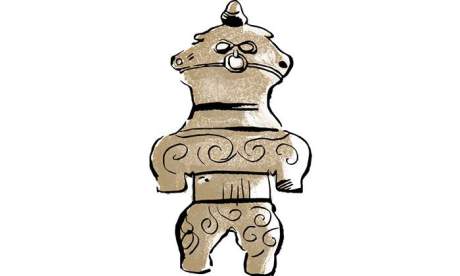
The First Emperor
The traditional legend is that the first emperor of Japan, Jimmu, was descended from Amaterasu, the Sun Goddess. Coming from Kyushu, he captured Yamato and founded his empire there, around 660BC. He was believed to have ascended to the throne on the site of the current Kashihara Jingu Shrine, and was buried nearby, near Unebiyama.
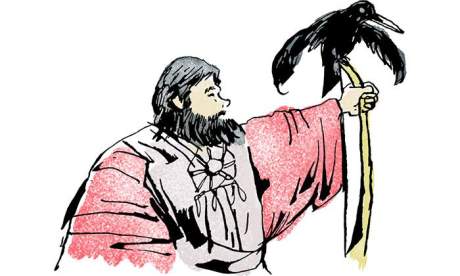
Yayoi (300BC - 300AD)
The Yayoi period, similar to Europe’s Bronze Age, saw the development of metal tools and implements and the beginning of rice cultivation. The Shinto religion was very strong, and this was the age of myths and legends about the gods. Around Sakurai and Mt. Miwa, there are stories of Himiko, a shaman queen who was believed to have ruled Japan around 200AD, with connections to China.
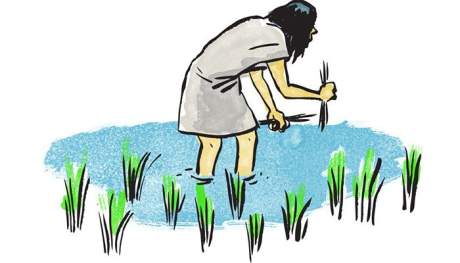
Kofun (300 - 710)
The Kofun era takes its name from the distinctive burial mounds built by the nobility (often in a keyhole shape surrounded by a moat), still seen around Nara. This is the earliest period of recorded history, though the accuracy of these records is questionable. There was close contact between Japan and Korea and later China, and most of the records of this period come from Korean and Chinese sources.
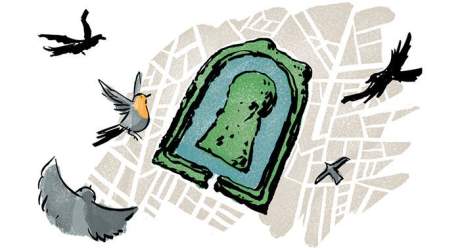
Asuka (538 - 710)
Overlapping with the Kofun period, this is the time when Buddhism came to Japan and Buddhist art and architecture especially flourished. Prince Shotoku was a major figure who became Regent to the Emperor in AD592. He oversaw the establishment of many of the great Buddhist temples including Horyuji.
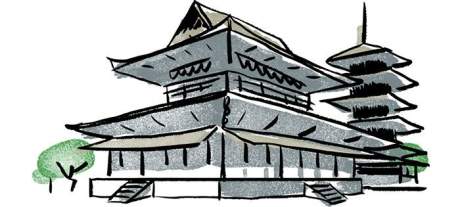
Nara (710 - 794)
Japan’s first capital Heijokyo, with a palace and administrative buildings, was established near what is now Nara City. Based on the Chinese city of Xi’an, the city was built in a grid format with the Palace at its north end.
During this period, Emperor Shomu directed the building of Todaiji Temple and the world’s largest bronze Buddha, as a way to bring hope after wars, a smallpox outbreak and the failure of crops. Unfortunately, after the capital was moved to Kyoto, Heijokyo was abandoned and very little remained beyond the foundations. Several buildings and the south gate have since been restored and walking around the palace grounds gives you some idea of the scale and grandeur of the ancient capital.
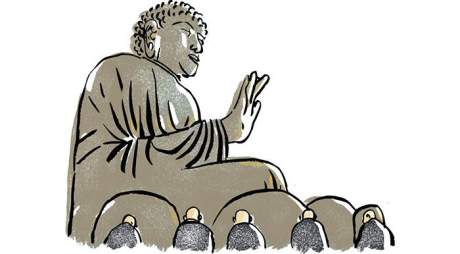
Heian (794 - 1185)
As the Buddhist monks in Nara started to become more influential and powerful, Emperor Kammu and the powerful Fujiwara clan moved the capital to modern-day Kyoto in 794. In 866, Fujiwara no Yoshifusa was installed as Regent, ruling on behalf of the Emperor. The Fujiwara clan maintained power for around 300 years with their base in Kyoto, which was a golden age for the arts and culture (The Tale of Genji, the world's first extant novel, was written at this time).
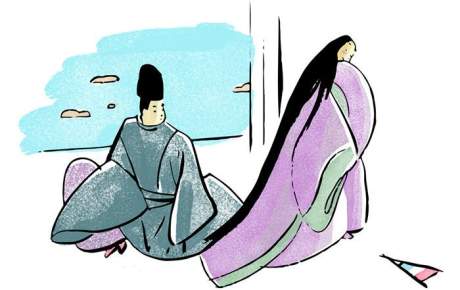
Kamakura (1185 - 1333)
General Yoritomo swept to power, establishing a military government (Bakufu) in Kamakura, south of Tokyo. In 1268, the Mongol leader Kublai Khan demanded tribute and later attempted an invasion of Japan but huge storms (divine winds, or kamikaze) drove his ships from Japan's shores.
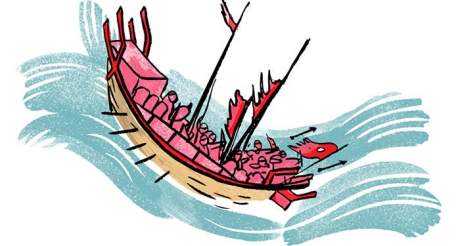
Muromachi (1333 - 1573)
Emperor Go-Daigo attempted to seize power from the Bakufu but they sent a warrior called Ashikaga Takauji to suppress him. The Emperor fled to Nara's Yoshino mountains and took refuge in Yoshimizu-jinja Shrine, turning it into a temporary Imperial Palace (you can still see some of the rooms and artifacts from this period at the Shrine). The Ashikaga established their own shogunate in the Muromachi area of Kyoto, from which they ruled Japan.
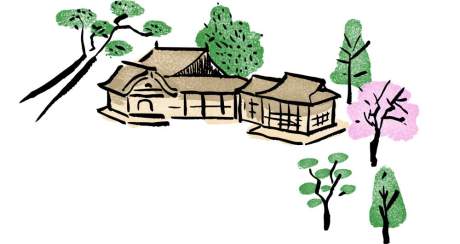
Sengoku (1467 - 1603)
Also known as the warring states period, this was a time of upheaval and instability, as the Ashikaga Shogunate and centralized control collapsed and rival clans in the provinces battled for power. At the end of the 16th century, Oda Nobunaga and Toyotomi Hideyoshi succeeded in unifying the country again, a process which Tokugawa Ieyasu completed at the Battle of Sekigahara in 1600, which lead to the establishment of a stable shogunal government and ushered in an era of unity and stability that lasted until 1867.
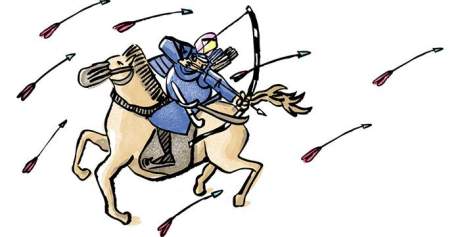
Edo (1603 - 1867)
Also known as the Tokugawa era, the seat of government moved to Tokyo, then called Edo. This is perhaps the most familiar era to most visitors, and well-preserved areas like Naramachi and Imaicho are reminders of Edo period life.
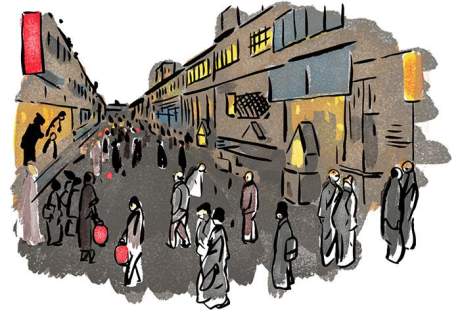
Meiji (1868 - 1912)
As Japan opened up to the world, it moved from being a feudal society to a modern empire. Buddhism was associated with the old shogunate and many temples were destroyed. Kohfukuji Temple lost much of its land and monks were forced to become Shinto priests. What is now Tanzan Jinja Shrine was converted to a Shinto shrine from a Buddhist temple.
Taisho (1912 - 1926)
During this period, the role of the central government increased and the military started to assert itself. There was a flowering of the arts and architecture, often reflecting Western styles, and the Nara Hotel and the streets of Gojo are typical of the Taisho style.
Showa (1926 - 1989)
With world events like the Great Depression and World War II, this period was marked by rising militarism and fascism in Japan. After the war, Japan went through rapid modernisation and growth, especially before the 1964 Tokyo Olympic Games. For many Japanese, “Showa” represents retro design from the 1950s and 1960s; good examples of such design can be found in Yamato Koriyama.
Heisei (1989 - )
Japan has experienced economic highs and lows throughout the current era, including migration from the countryside to big cities, leaving areas like Nara feeling the loss of young people. Recently, that has been changing, as families and artisans are attracted by the clean air, low rents and more relaxed pace of the Nara region.
History by Interest
Historical Insights
National Treasures
The quality of heritage in Nara, and the quantity of the oldest heritage, is the highest in the country. Nara has over half of all the sculptures listed as National Treasures, and 64 buildings listed as National Treasures versus 51 in Kyoto. Not only that, Nara contains the lion's share of the oldest National Treasures. In sculpture, Nara has 35 of the 42 National Treasures in Japan from before the 8th century. In buildings, 32 of Nara's National Treasures date from the 12th century, from a total of 41. Where Kyoto has 23 buildings that are National Treasures dating from before 1573, Nara has 50. Very different from anywhere else in Japan, Nara has by far the highest concentration of the very finest heritage from the period when Japanese arts and architecture were at their peak.
Ancient Literature
Two of the greatest masterpieces of Japanese literature originate in Nara in the 8th century. The Kojiki is a collection of the legends of the gods and how Japan was founded. It shows Nara as the scene of many important historic events and epic dramas. The Manyoshu, the oldest collection of Japanese poetry, is the bible of Japanese letters. Artworks inspired by the poems are displayed at Nara Prefecture Complex of Man'yo Culture.
Buddhist Artwork
From the intricate Taima Mandala on display at Taimadera Temple to the massive Buddha at Todaiji, the Ashura at Kohfukuji or the statues of Horyuji, Nara has a range of Buddhist artwork dating from as far back as the Asuka period. Spanning centuries, the works, particularly the carvings and sculptures, vary significantly in style and appearance. The shrines and temples of Nara are art galleries exhibiting much of the country's finest Buddhist art.